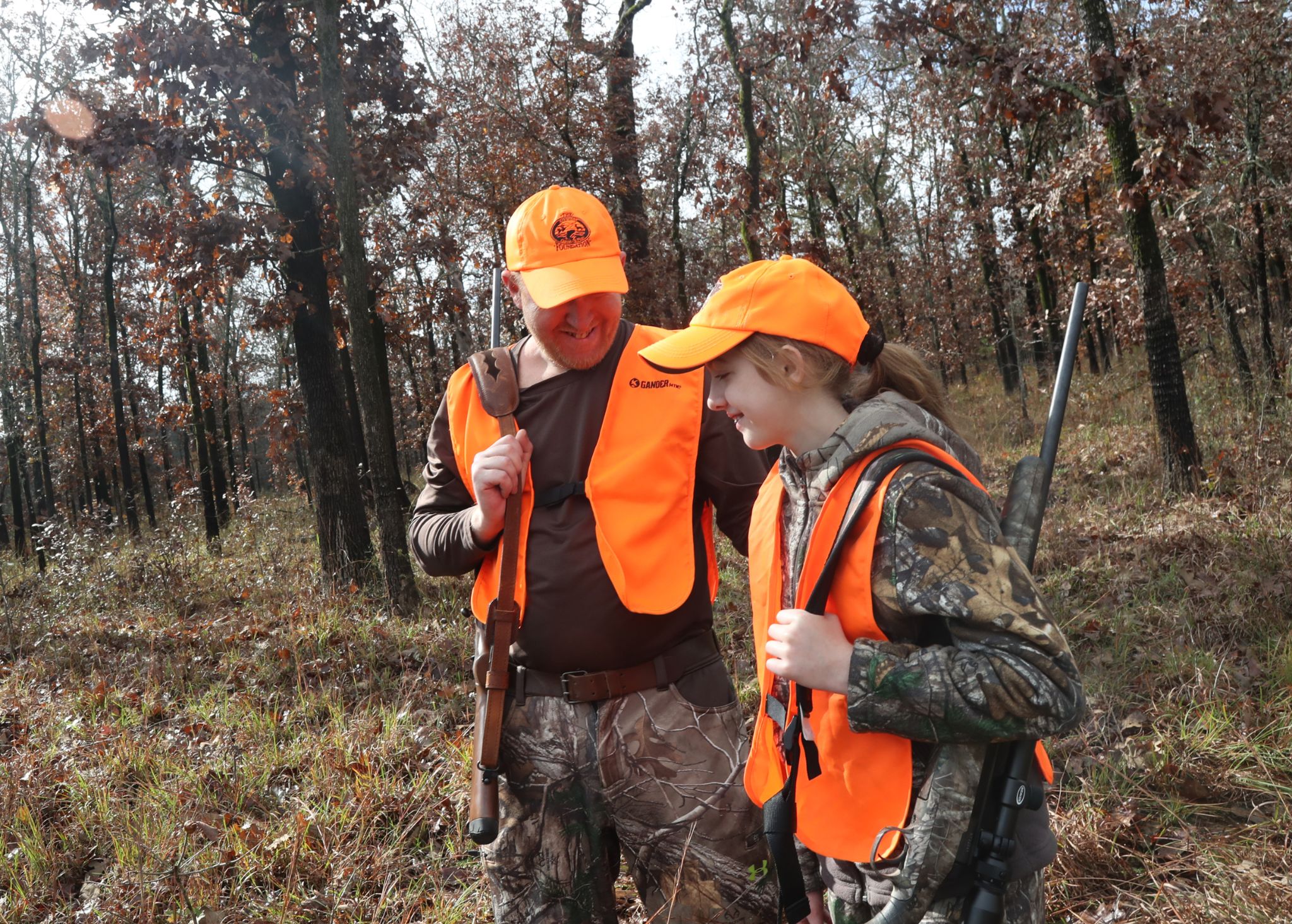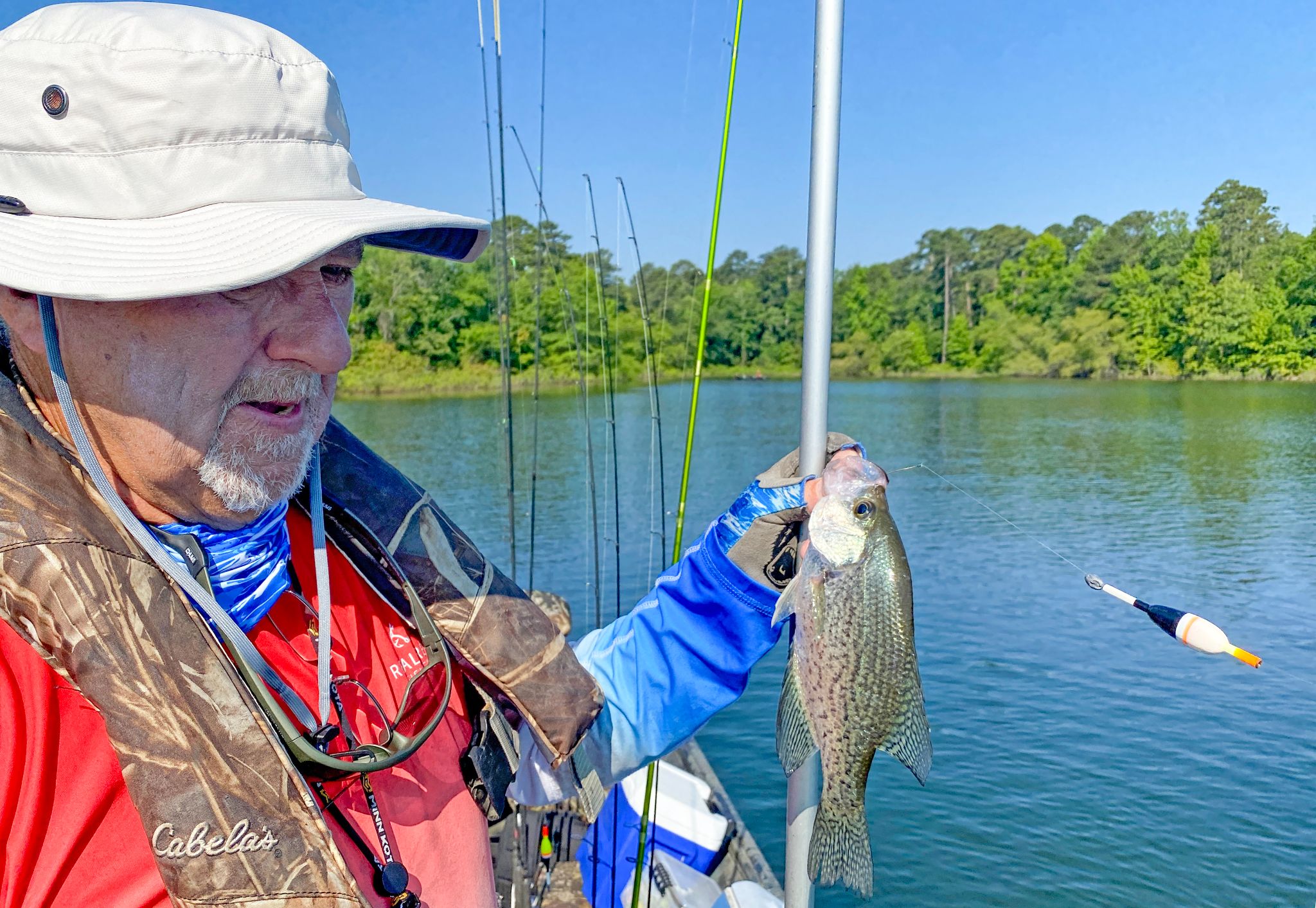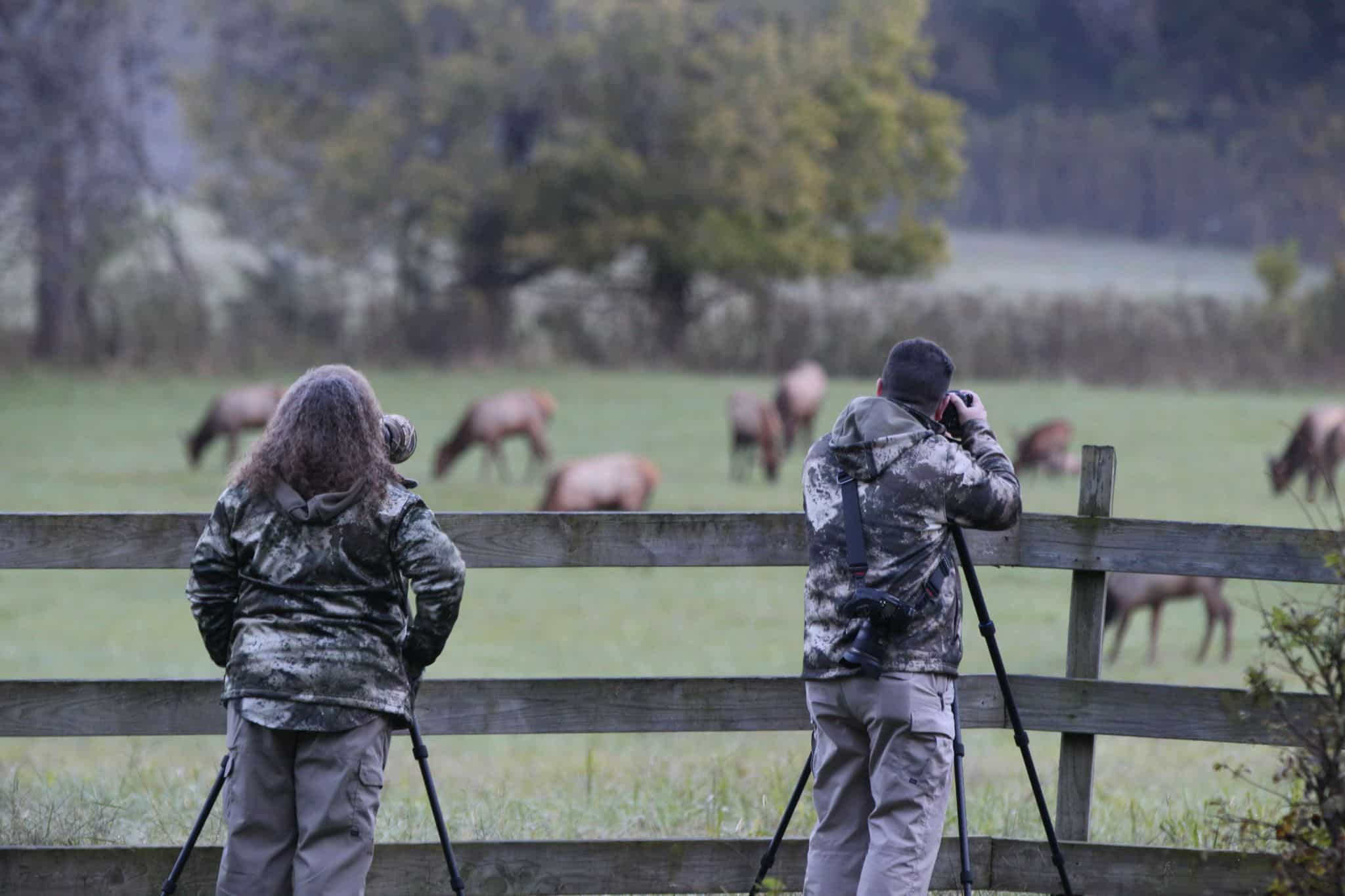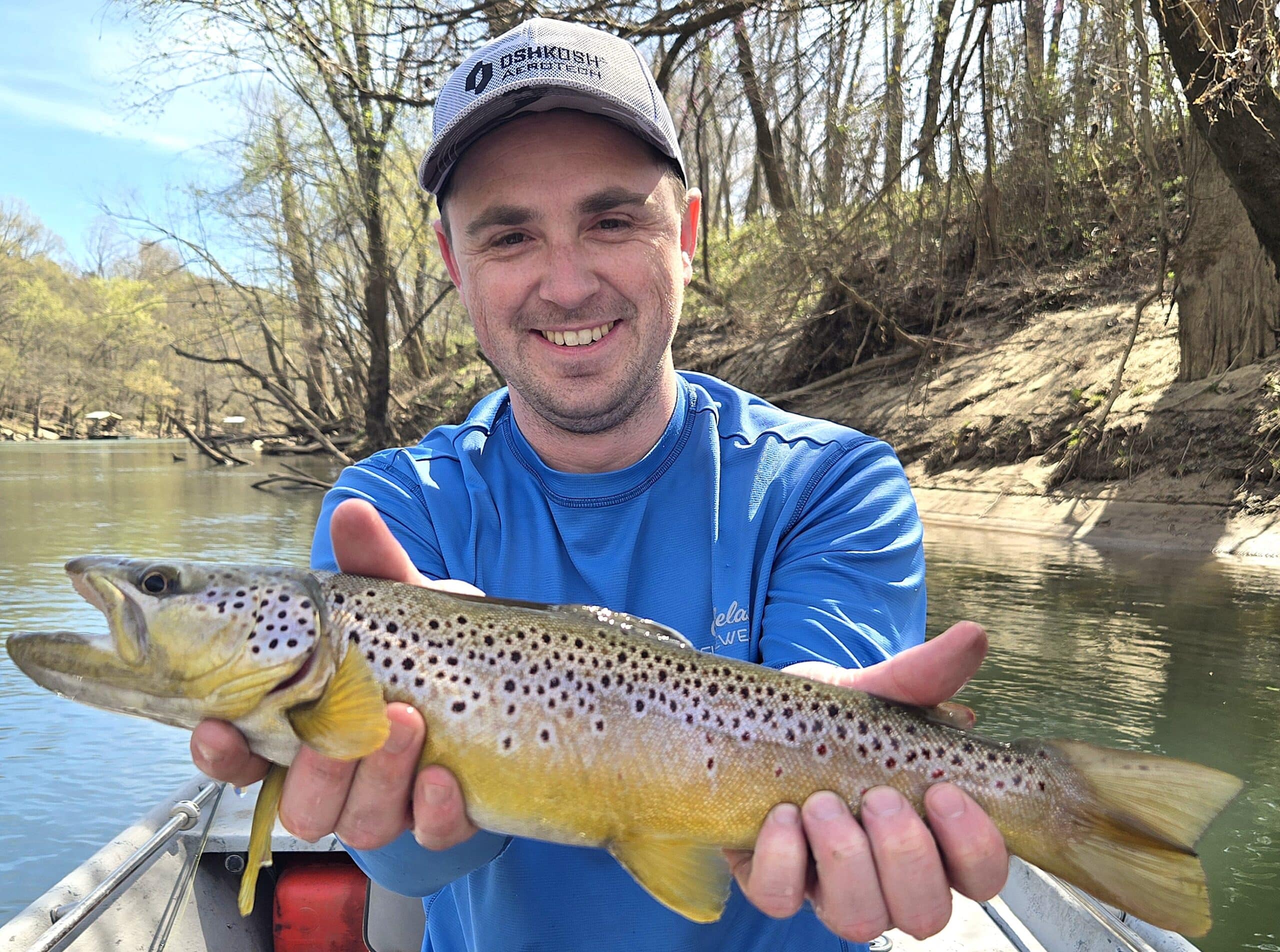National survey sheds new light on outdoor participation
ON 01-31-2024

LITTLE ROCK — The U.S. Fish and Wildlife Service has followed trends in the outdoors since 1955 by conducting the National Fishing, Hunting and Wildlife-Associated Recreation Survey about every five years. It’s a massive, continuous effort.
Public conservation and wildlife agencies across the U.S. – including the Arkansas Game and Fish Commission – and commercial enterprises rely on the survey to reveal peaks and valleys in the numbers of hunters, anglers and others who participate in outdoor-related endeavors. The latest version, the 2022 edition, marks a departure from methods used in the past.
“Though the intent of the survey remains the same, because of changes in the sampling design and how questions were asked, the USFWS is adamant that we not compare the results from the 2022 survey to previous iterations,” Jessica Feltz, an AGFC conservation social scientist, said. “The 2022 survey is now serving as the new baseline for estimates of outdoor recreation in the United States.”
The survey is paid for by the Association of Fish and Wildlife Agencies’ Multistate Conservation Grant Program.
“Starting with the 1985 survey, individual state-level reports became available,” Feltz said. “On top of the national survey, every state automatically got results of a subsample from those who took the survey from their state.”
These state reports were no longer automatic with the 2022 survey, although Arkansas was one of 15 states that opted for a state-specific report. Fighting the urge to make comparisons with previous surveys isn’t easy, although changes in the way the latest survey was conducted make a clear case that such comparisons would not be valid.

According to the latest survey, about 15 percent of Americans 16 and older fished an average of 20 days during 2022. Sixty-seven percent of them were male, seventy-five percent were White and 36 percent were in the 25-44 age group.
“The average expenditure per angler in 2022 was about $2,500,” Feltz said. “This could have been trip expenditures, equipment, license fees or other expenses.” Feltz pointed out that among ethnic groups, Asian-Americans had the highest rate of fishing participation at 20 percent.
In Arkansas, 516,000 people 16 and older fished, or about 28 percent of residents 16-34. Thirty percent of men and 15 percent of women in Arkansas fished; they spent $3.8 billion in 2022. Hispanics led all ethnicities in participation rate at 28 percent. About 391,000 people came to Arkansas to go fishing.
About 5.5 percent of Americans hunted in 2022, and 80 percent of those pursued big game such as elk, deer, bear or wild turkey. They averaged 12 days hunting big game and eight days chasing migratory birds, and spent an average of $857 on hunting-related costs. Seventy-seven percent of hunters were male and 35 percent were 55 or older. About 270,000 Arkansans hunted, or 19 percent of residents 16-34. Eighteen percent of men and 6 percent of women hunted; they spent about $1.7 billion. About 127,000 people came from other states to pursue game in Arkansas.
The survey defined wildlife watching as “closely observing, feeding or photographing wildlife, visiting public spaces to view wildlife, and maintaining plantings and natural areas around the home for the benefit of wildlife.” Trips were captured as either being done around the home or greater than one mile away from the home.

Fifty-seven percent of Americans fit the definition. Birding was the most popular activity among wildlife watchers; birders averaged 78 days in 2022, and 44 percent of them traveled to observe birds. Each wildlife watcher spent an average of $2,188.
Sixty-four percent (1.5 million) of Arkansans 16 and older were wildlife watchers, including 69 percent of men and 60 percent of women. About 1.2 million people came to see wildlife in Arkansas. Wildlife watchers in the state spent $7.1 billion during the year. Sport-shooting statistics were included in the survey for the first time, revealing that 47 million Americans participated in target shooting in 2021 (579,000 Arkansans). Nineteen million people participated in target archery (248,000 Arkansans) and 48 million (499,000 Arkansans) took part in motorized pleasure boating (not fishing). These figures are just a glimpse of the statistics captured within the revamped national and state surveys, which will stand up to comparison in the future.
Visit the USFWS survey site to learn more about the results of the survey on a national level.
####
CUTLINES:
MAN AND DAUGHTER DEER HUNTING
Seventy-seven percent of hunters were male during a 2022 national survey.
MAN WITH FISH
According to the most recent survey 516,000 people over 16 fished in Arkansas in 2022 and had an average expenditure of $2,500 per year toward angling efforts in the state.
PEOPLE VIEWING ELK
Arkansas Wildlife watchers spent an estimated $7.1 billion in 2022 pursuing their passion.
Recent News

Arkansas Wildlife Weekly Fishing Report
Apr. 10, 2025
Subscribe to Our Weekly Newsletter E-mails
Don’t miss another issue. Sign up now to receive the AGFC Wildlife Weekly Newsletter in your mailbox every Wednesday afternoon (Waterfowl Reports are published weekly during waterfowl season and periodically outside the season). Fishing Reports arrive on Thursdays. Fill in the following fields and hit submit. Thanks, and welcome!

